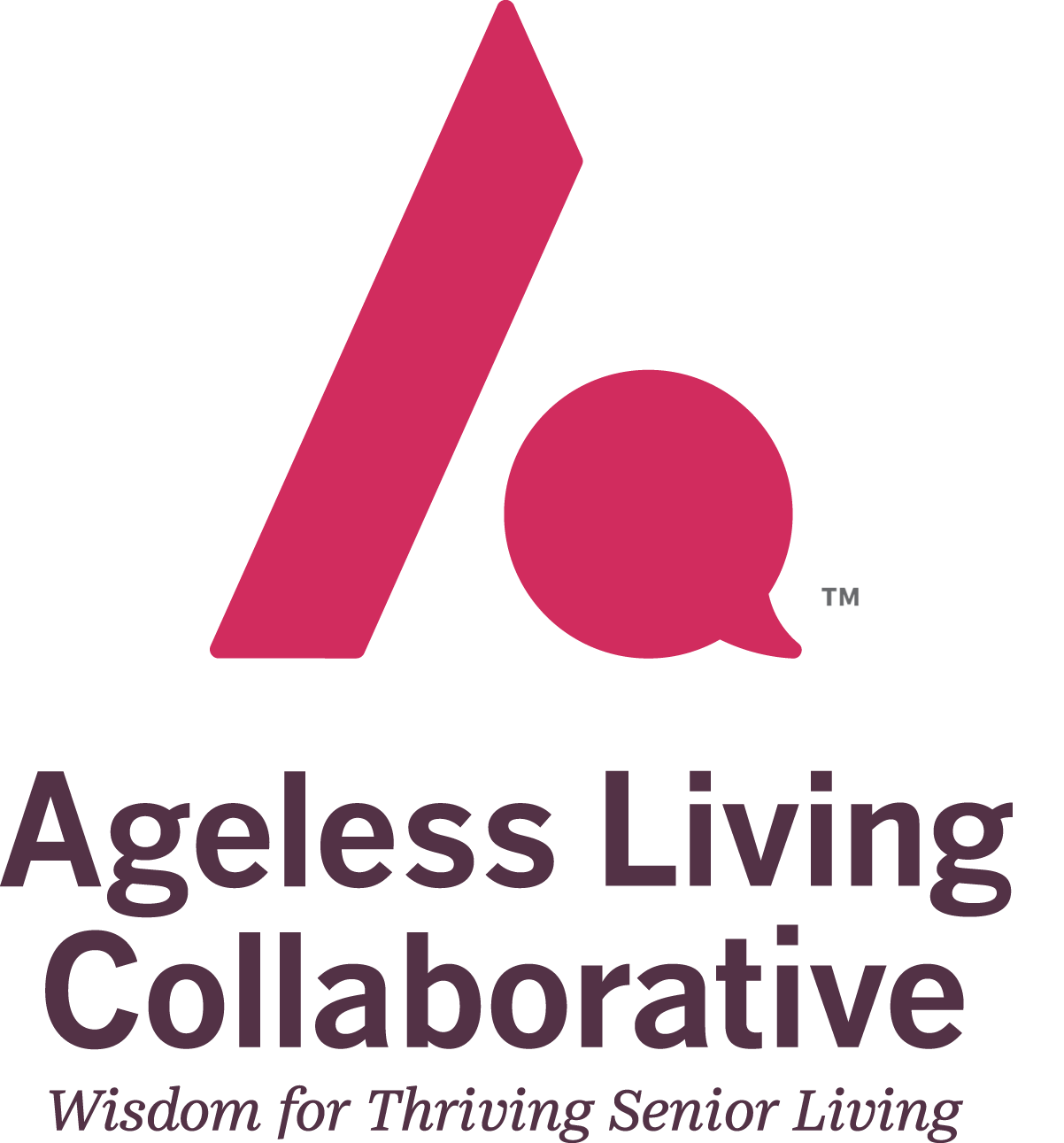A Social gerontologist guide to aging in place
Aging in place is often seen as a matter of home design and safety modifications, but it’s much more than that. From a social gerontology perspective, aging in place is about understanding the full human experience—how individuals adapt socially, emotionally, and physically to remain independent in their own homes.
In the latest episode of ALC Chats, Phoebe Stein sits down with Sharon Rose, a social gerontologist and Ageless Living Collaborative Advisory member, to discuss how aging in place requires a holistic approach that goes beyond physical accessibility.
More Than Just a Home, It’s a Lifestyle
Aging in place isn’t just about staying in the same house—it’s about making sure that home continues to serve an individual’s evolving needs. Sharon explains that aging is not one size fits all.
“You could say you're 50, but your 50 is different than someone else’s 50.”
The Role of Social Gerontology in Aging in Place
While geriatricians focus on the medical aspects of aging, social gerontologists study how aging affects people’s daily lives, behaviors, and interactions with their environments. Sharon describes how social gerontology plays a vital role in helping individuals maintain independence while balancing physical, emotional, and social well-being.
One key element? Family and community support.
Sharon recommends that adult children and caregivers observe changes in their parents’ homes, not just during major life events but in everyday moments:
“Plan a family dinner—not on a holiday, just a casual visit—and quietly observe. Are there fall hazards? Are they struggling with daily tasks? These little clues help create a proactive plan instead of a reactive crisis.
By fostering open conversations early, families can work together to adapt living spaces without resistance or stress.
Creating an Age-Friendly Home That Feels Like Home
A common concern among seniors is that making home modifications will make their space feel clinical or restrictive. Sharon debunks this myth, explaining how universal design elements—like lever door handles, grab bars disguised as towel racks, and smart lighting—can blend seamlessly into a home’s aesthetic while enhancing safety.
She also emphasizes that aging in place doesn’t mean aging alone. Social engagement plays a critical role in mental and emotional well-being, and communities must be designed to keep seniors connected.
“It’s not just about your house—it’s about your neighborhood, your transportation options, and your ability to remain socially active.”
Practical Steps for Aging in Place
For families and individuals looking to create an aging in place strategy, Sharon suggests:
✔️ Conducting a home assessment with a social gerontologist or using a self-guided checklist
✔️ Identifying simple home modifications that improve accessibility without sacrificing aesthetics
✔️ Building a support system of family, friends, and community resources
✔️ Understanding the financial aspect of long-term aging plans
“Aging in place is about designing a future that allows you to live the life you want, safely and comfortably.”
Final Thoughts
Aging in place is not just about modifying a home—it’s about ensuring a better quality of life for as long as possible. By integrating insights from social gerontology, families can take a proactive approach to aging that prioritizes independence, connection, and well-being.
